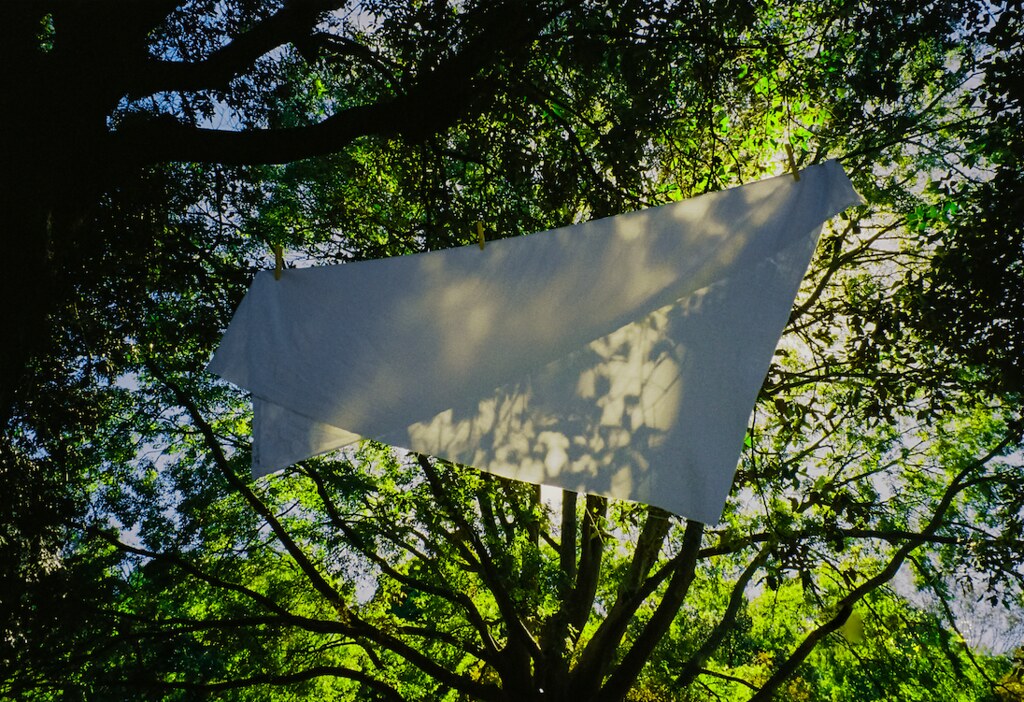 As someone who reads scripts all day it's hard for me to relax at the cinema. Like a personal relationship where the goalposts keep changing, I can't stop asking difficult questions. But whilst many times this can spoil the experience, where Steve McQueen's Hunger is concerned I think it's a vital requirement.
As someone who reads scripts all day it's hard for me to relax at the cinema. Like a personal relationship where the goalposts keep changing, I can't stop asking difficult questions. But whilst many times this can spoil the experience, where Steve McQueen's Hunger is concerned I think it's a vital requirement.Set in Ireland's Maze Prison, the film documents with brutal intensity the 1981 hunger strike for which provisional IRA member Bobby Sands (played with extraordinary power by Michael Fassbinder) became its most potent symbol.
Like McQueen, I was around when it happened, remember (albeit with a child's eyes) the TV images that were transmitted with a ghoulish, inevitable frequency, counting down the days till Sands's death. Along with the terrorist violence that preceded it there are very few events in my social history that had the same resonance or horror. I can understand the effect that it had, can understand why McQueen should revisit it. But I can also understand why the issue of a filmaker's responsibility has rarely been more important.
Steve McQueen is primarily an artist; this distinction seems important to him, even though film has always been part of his oeuvre. His filmic homages to Buster Keaton, amongst others, saw him beat Tracey Emin's unmade bed to the Turner prize in 1999. In Hunger his background in video art is obvious; in the long shots of prison corridors aflood with urine, in the considered contemplation of the faeces smeared walls. It could potentially be tricky territory, could potentially be nothing more than self-conscious naval gazing and there are one or two images in the film that almost cross this precarious line. The single feather that drifts down the screen, the lingering shots of a fly on the window, both snapped me out of the moment and into a sense that I was watching an art piece, a dangerous position to take in a film of such otherwise serious intent.
However, when asked to state his moral opinion on the nature of the scenes that he filmed, McQueen is notoriously tight-lipped. In an interview with Channel 4 he said, "I don't know. That's why I made this film. It's not a situation that's right or wrong. It's not a situation with an easy answer. It's very painful. With me, I identified very much with the prison officers, just as much as with the hunger strikers". Yet in another interview he claims "I'm not concerned with balance" which to me is an example of McQueen being deliberately, evasively coy. The moment you choose where the camera points, indeed the moment you choose a film's subject, you are making an editorial judgement that you should be prepared to defend. McQueen seems, in that rather frustrating way that some artists have, to want to "let the piece speak for itself".
So, what does it actually say? Taken in its entirety it's a film that is extraordinarily spare in its use of the actual spoken word, it's the images that do most of the talking. And yet, central to the piece is an extraordinary seventeen and a half minute two-shot, in which Sands converses with a priest (played by Liam Cunningham) about his intention to proceed with the hunger strike. The scene is scripted by Enda Walsh, and this decision, I think, is a master stroke. McQueen has said he originally wanted Beckett to write the scene (if he hadn't already been dead, that is) but in employing an actual writer McQueen has demonstrated a thought process that he otherwise seems loathe to admit to. And a playwright at that. Noone but a playwright could have achieved the intensity that the scene now has, the intimacy that is the theatre's stock in trade, the sense that we are the fourth wall through which the drama is played.
Throughout the entirety of this scene we never enter the perspective of either man, and I think this is key to its meaning and a symbol of the film's apparant objectivity in general. What we are asked to contemplate is that these are two men who want the same thing but want to achieve it in different ways. That the central conceit of the film is to document what happens when an irresistible force meets an immovable object. And perhaps that is what the film is ultimately trying to say, a message that is as universal today as it was back in the eighties. That war is ultimately about individuals, about the human body becoming the last tool of protest. If there are no easy answers in McQueen's film, is he nevertheless to be praised for at least trying to ask us the questions?


 Images from Hunger, via Channel 4
Images from Hunger, via Channel 4Title Image from MovieCentre.net











No comments:
Post a Comment